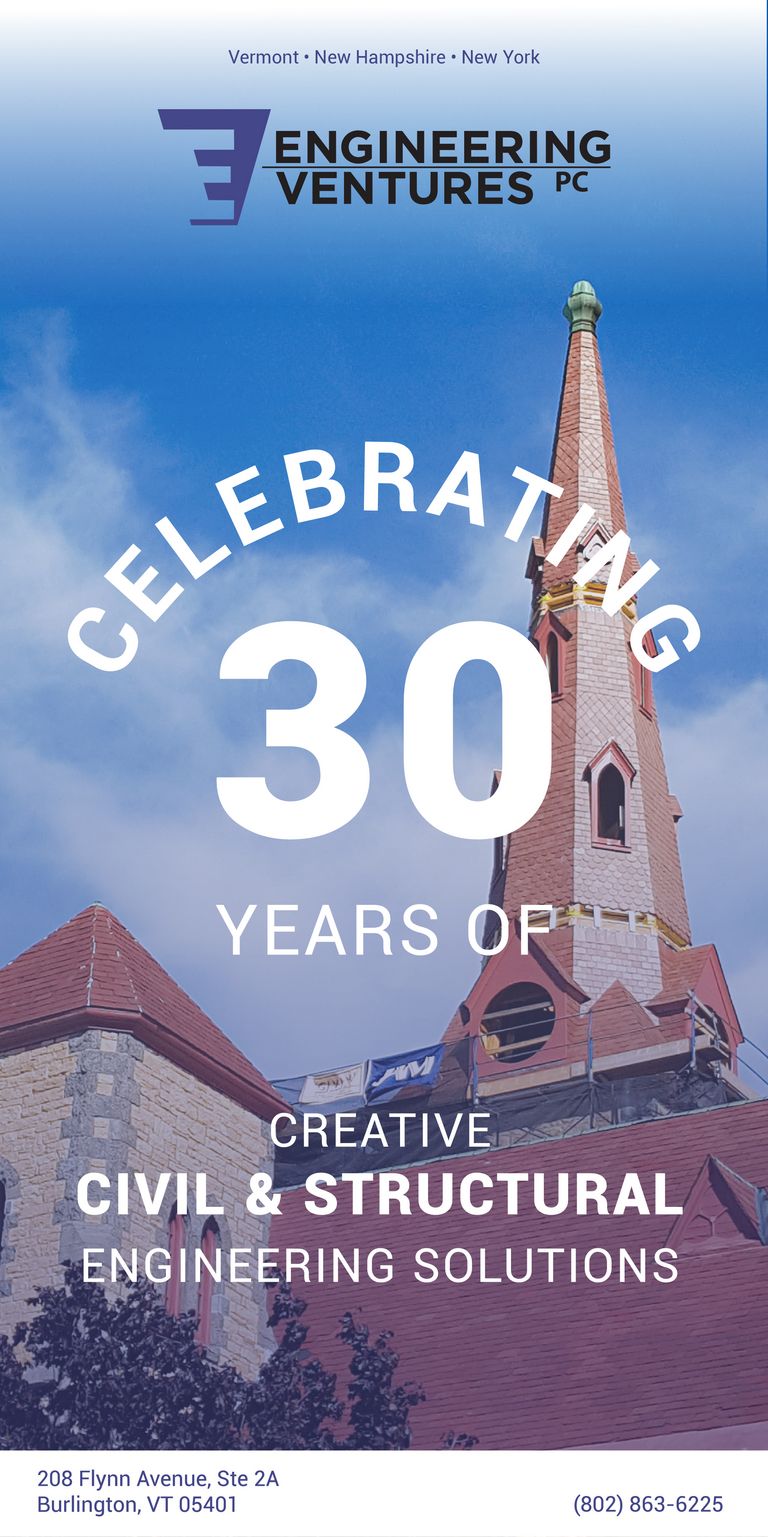AIA Grassroots Conference 2019, "People, Purpose, and Partnership"
By John Dale, AIAVT Vice President, and Sarah O Donnell, AIAVT Executive Director
AIA Vermont’s Vice President, John Dale of Breadloaf Inc., joined Executive Director, Sarah O Donnell for this year’s AIA Grassroots Conference in Washington, DC. This annual conference is an AIA leadership event, and this year’s theme was People, Purpose, and Partnership.
Day one was Capitol Hill Day, where AIA members from all over the country travelled to DC to meet with their state representatives. John and Sarah met with staff members of the offices of Senator Leahy, Senator Sanders, and Representative Welch to discuss two key legislative issues that AIA National is focused on during this year: an Energy Efficiency Tax Credit for existing buildings, and to extend existing federal grant programs for School Safety improvements to include Architectural services.
For those not familiar with these two initiatives:
Energy Efficiency Tax Credit: this existing Tax Credit presently offers credits to owners and developers for including energy efficient technologies such as HVAC, Mechanical insulation, lighting, windows, roofs, sub meters in new buildings. The AIA is asking that this bill be modified to allow owners of existing buildings be able to to write off a certain percentage of depreciation costs if they install similar energy efficient technologies. Obviously, this could potentially impact many more buildings than the present bill.
School Safety Act: On the school safety issue, our ask was for congress to make design services eligible for existing federal grant funding, and to establish a clearinghouse of resources on school design best practices. School safety is an important issue, with broad reaching implications. AIA seeks to support design –centered approaches to improving school security and minimizing school violence while still providing attractive and positive environments that enhance learning.
Although we were unable to meet with the representatives themselves, the staffers for each office were open to the two proposals and understood their potential benefits to Vermonters. As most of us know, Vermont is a forward thinking state when it comes to the benefits of good design and energy efficiency, and our conversations with legislative staff reassured us of these commitments. By contrast, later conversations with other conference attendees revealed just how much some other state representatives were resistant to the proposed initiatives.
Capitol Hill day ended with a reception at the Library of Congress, a gorgeous, Beaux Arts Style building with ornate details and a vast, grand foyer. Here, we had the opportunity to wind down after a long day, and mingle with members of other chapters from all over the US.
Day two of the conference was kicked off with a welcome breakfast, followed by introductions of AIA’s President, William J. Bates, Vice President, Jane Frederick, and the candidates who are running for 2019 national office. Next was a Mayor’s Panel, which included Mayors from Rochester Hills, MI; Columbia, SC; Winchester, VA; Dayton, OH, and a city council member from Houston TX. The panel spoke on several topics from gentrification to disaster preparedness, and the benefit of working with architects to address these concerns.
Days two and three offered offered multiple breakout sessions on topics such as public speaking, leadership, strategic planning, risk management, the structure of AIA National and resources available to the local chapters.
A topic that came up multiple times was public awareness, specifically of the profession of architecture. AIA Vermont’s board of directors began to talk about the need for more public awareness at their 2018 June retreat, and we’ve been seeing how often this same topic is raised at the national level. AIAVT’s Public Awareness Committee was newly formed in 2019, and will be looking at the ways in which our chapter can help facilitate awareness among members of our communities here in Vermont through a variety of means, including events, outreach, and PR efforts. (If you’re interested in getting involved in that committee, please email Sarah!)
Overall, the conference was educational and inspired a lot of new ideas about how our chapter can increase involvement in our communities. At the same time, it enriched our thinking with regard to some of the work we already have underway-- such as the new format for this year’s ACX Conference, which will include a session of design charettes in which teams will take on the real challenges proposed to us by Vermont towns and non-profits. The culture of Vermont is built upon a network of strong communities, in which relationships are the inevitable outcome of working with neighbors to build a shared environment- whether figuratively or literally. The Grassroots conference gave us a renewed appreciation for this unique aspect of the state where we live and work, and provided new ideas for building upon this strong foundation.








